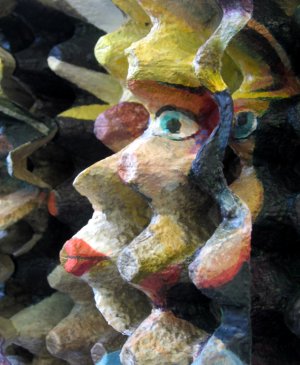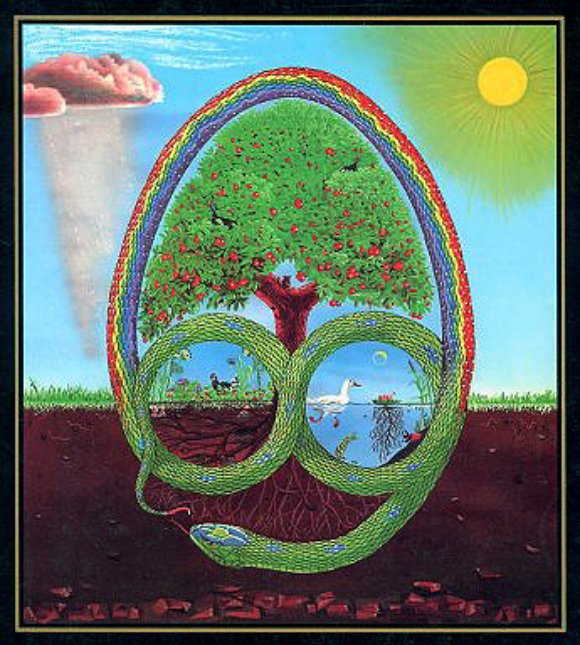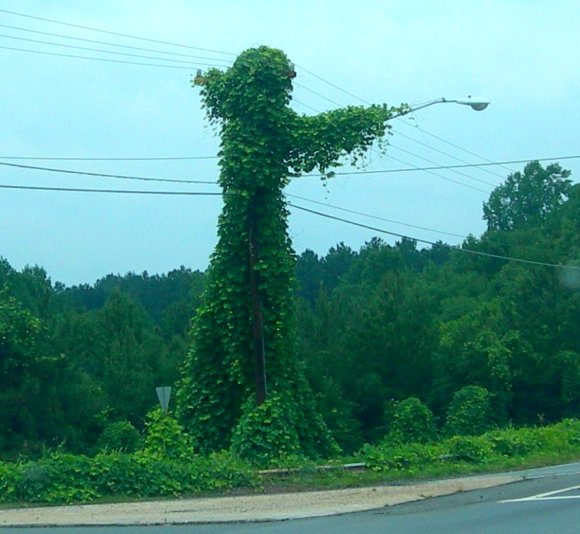
Listen to this Green Air Minute:
Word of the Day: Fair Trade
by The Green A-TeamWord of the day - fair trade. How is this organized social movement promoting sustainability?
Fair trade is a market based approach to empowering developing countries to produce a wide variety of goods in an environmentally friendly manner.
Notable goods include coffee, sugar, bananas, wine, and honey. Much like labels that carry with them a trusted slogan like “made in the USA,” products that are certified as “fair trade” have concrete and relevant value with exceptional quality.
Mainstream agricultural producers have formed a virtual monopoly. Their goods can be mass produced, sold, and shipped at the lowest cost possible undercutting smaller farmers that operate more sustainable practices.
Fair trade organizations are responsible for getting the little guy in the big game and raising awareness to promote change in international trade.
Buy fair trade and visit the following websites for more information:
Fair Trade Labelling Organizations International
Co-op America: Economic Action for a Just Planet
Photo by crsfairtrade.






